Just when you were getting used to your computer the way it is, the geniuses behind Windows and Mac OS are ready to change it again. But don’t fret — change is good, at least in these cases.
The new Mac OS X build, named “El Capitan” after the iconic Yosemite National Park rock formation, will arrive this fall and is full of performance and user interface updates. Meanwhile, Windows 10, available July 29, has a slew of features, new and old, that will make PCs work much better than ever before.
If you’re basing a computer purchasing decision on these operating systems, the comparison below will help you pick the best system for your needs.
Improved intelligence
Cortana, Microsoft’s voice assistant, plays a key role in Windows 10. It gradually learns your preferences, setting reminders and delivering them at the right time and on the best device. Cortana operates independent of your device because she’s cloud-based, and like any good assistant, she also maintains a notebook where she can keep track of your interests, favorite places, and even quiet hours when you don’t want her bugging you.
You’d expect El Capitan to counter with some Siri magic of its own, but Apple continues to hold its voice assistant out of its desktop operating system, leaving it only on its handheld devices instead. Still, Apple has improved the Mac desktop’s Spotlight search feature, which can now find all sorts of information, like weather, stocks, and sports scores — in addition to your files and apps. Apple also added a natural language search feature to Spotlight, which means you can ask it for “documents I worked on last June,” and it will pull together exactly what you want.
Advantage: Microsoft. No Siri? Then there’s no way Apple wins here.
Adding to apps
Apple pushed El Capitan’s intelligence beyond the operating system and into its apps, applying natural language search to the Mail app, for instance, so users can search for messages using strings such as “emails I ignored from Phil.” This elevates Mac OS X from smart to truly intelligent, and it will be interesting to see which other apps get a similar brain transplant. Mail also gets full screen perks and swipe-based gestures to make it feel more like the iOS email app, but there’s still big differences between the two.
Meanwhile, Microsoft is tearing down the wall between desktop and mobile, not just with its convertible Surface tablet but also in the new Windows Store, the one place to buy apps for every Windows 10 device, whether PC, tablet, or smartphone. Windows 10 will also optimize apps to look and work better, regardless of your device, pulling and reconfiguring programs to fill your screen no matter its size.
Advantage: Draw. Apple’s app updates are nice, but not revolutionary, while it’s too early to know how successful Windows Store apps will be.
Better browsers
While web browsers are technically apps, they go above and beyond the standard software and are hugely important to these operating systems. Apple’s Safari browser has been around for years, and has already seen a lot of refinements. Still, it could use some work (like improved memory management). But Apple’s heart was in the right place when it introduced a tiny button that can mute music or videos playing in some buried tab, any number of windows deep. And speaking of tabs, Safari’s new Pinned Tabs feature lets users keep some go-to windows open in the background without taking up much screen real estate. Though there’s no guarantee that they won’t gobble up your RAM.
On the other hand, the new Microsoft Edge browser, which takes center stage from Internet Explorer, is a bundle of question marks. In 2015, you’d expect it to emerge working free and smooth. Reviews of the beta version bear that out, but we won’t really know until everyone is using it. Still, there’s a lot to like, with users getting the ability to write or type notes directly on webpages and Cortana’s smarts being woven into the app’s fabric. But Microsoft is also touting features like a save-it-for-later reading list, which is something that Safari has had for years, so it’s difficult to see Edge as anything but a catch-up act.
Advantage: Apple — though most users would probably rather give this round to Chrome.
The little things
In the eyes of many Windows users, Microsoft could have just slapped a Start menu on Windows 8.1 and it would’ve won back the hearts of the masses. Of course it actually did that — the once-discarded launcher button will return in Windows 10 — but Microsoft also upped the ante by improving the system’s already great window management system. Now Windows 10 lets users snap as many as four apps into place on a screen, or create more virtual desktops for even more groupings.
And in this instance, it’s Apple that chasing the leader by announcing El Capitan can accommodate two apps split on a full screen. Apple has given users multiple desktops for years already, but its new side-by-side window-management feature is just a nuanced convenience. It shouldn’t be bragging about a feature that’s this long overdue.
Still, it’s the little things that make El Capitan an upgrade to look forward to. For instance, when users wiggle the mouse or touchpad to find the cursor, the arrow will temporarily swell up to be more visible. Another upgrade is that Mac users will be able to use AirPlay to sling web videos from Safari to an Apple TV without having to share their whole display. And then there’s the “time to leave” feature that takes into account travel time for your appointments, and tells users when they should put down the mouse and grab the car keys.
Advantage: Apple. Windows bringing back the Start button is great, but it’s really just them fixing a near-fatal error. Meanwhile, Apple’s added features may literally be window-dressing, but at least they’re new.
Gaming and graphics
Apple was effusive in its praise for El Capitan’s improved performance, citing 1.4-times faster app launching, 2-times faster app switching, and even 4-times faster PDF opening. But the biggest gains came at the chip and code level, where the company introduced Metal to its desktop machine. A way to crunch code faster, Metal was released on iOS last year and now makes its way to Apple’s computers. The technology is said to accelerate graphics with a 50% increase in rendering performance and a 40% improvement in rendering efficiency. Ideal for helping graphics-intensive games look stunning, Metal is also positioned to add brawn to pro-level software. For instance, Adobe was able to add improvements to Illustrator that will have designers in love with El Capitan.
But it will take more than Metal to get Apple competitive with Microsoft on the gaming front — especially since there are plans afoot to let Xbox users stream their games to other Windows 10 devices, turning laptops, tablets, and phones into gaming rigs. That’s a huge move, and if it works well, it will make El Capitan look like a marinero when it comes to games.
Advantage: Xbox. Er, I mean Microsoft.
Read next: This Is Apple Music’s 1 Huge Advantage Over Spotify
Listen to the most important stories of the day.
Apple vs. Microsoft in 11 Slides
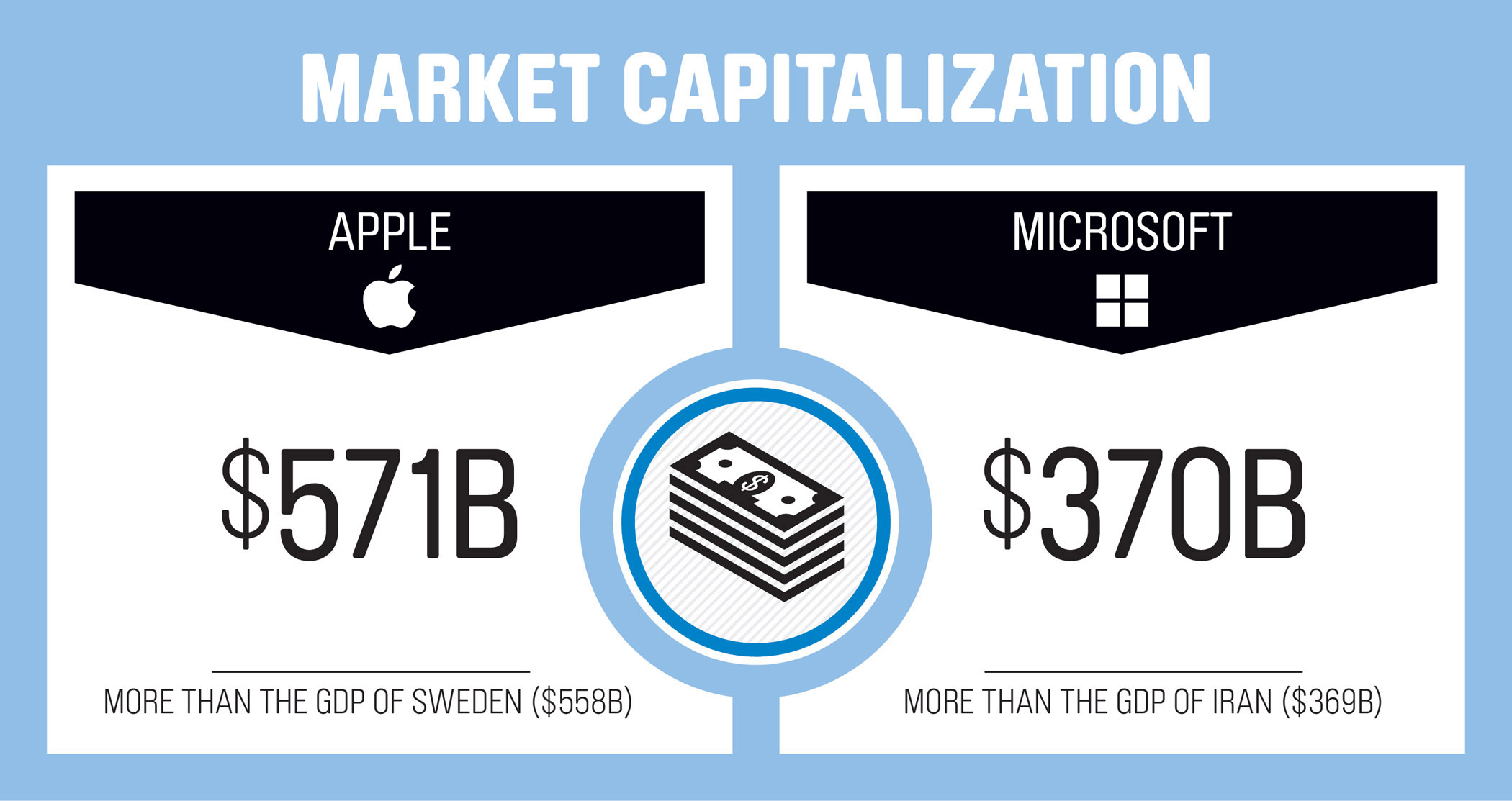

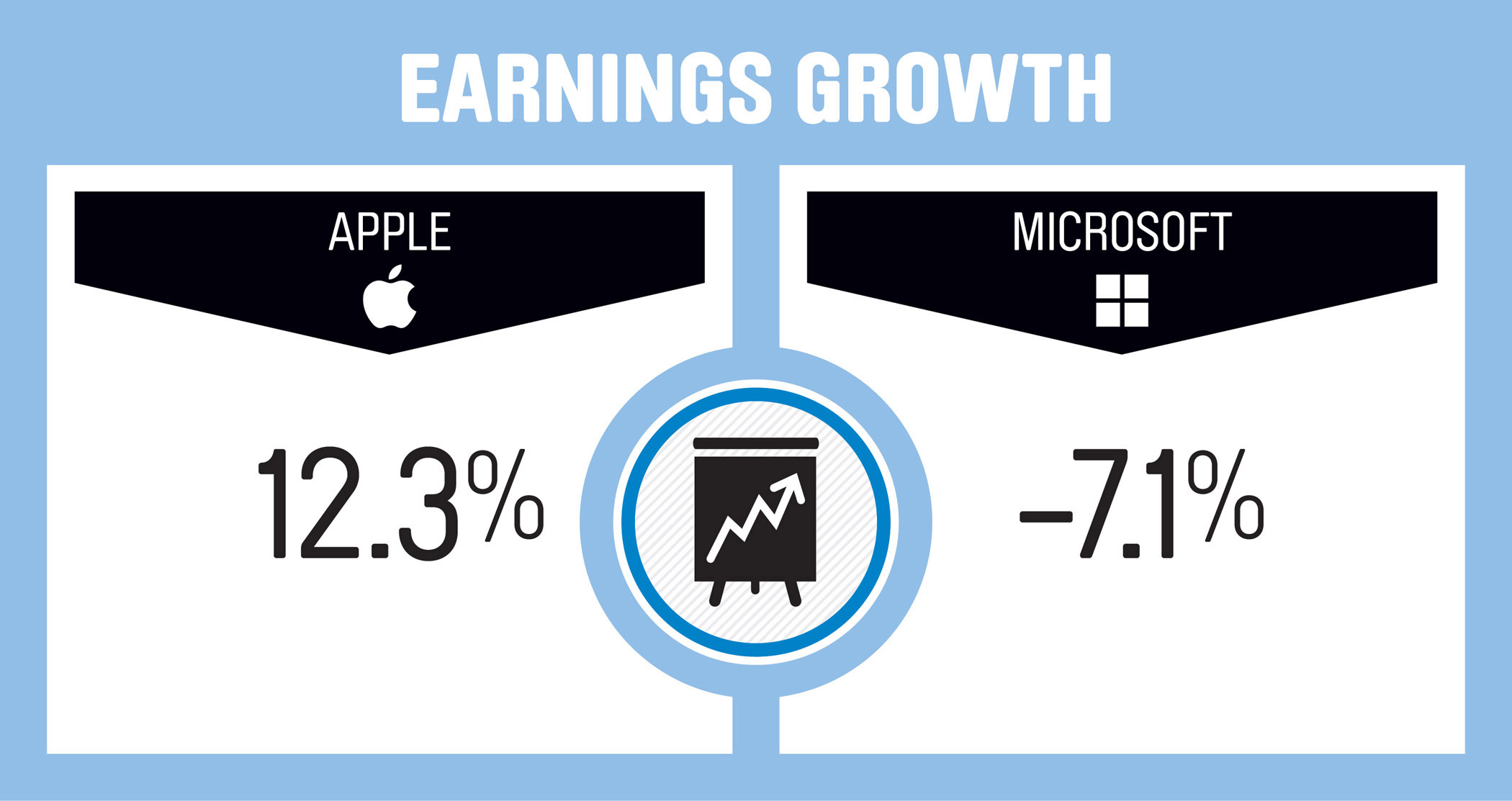
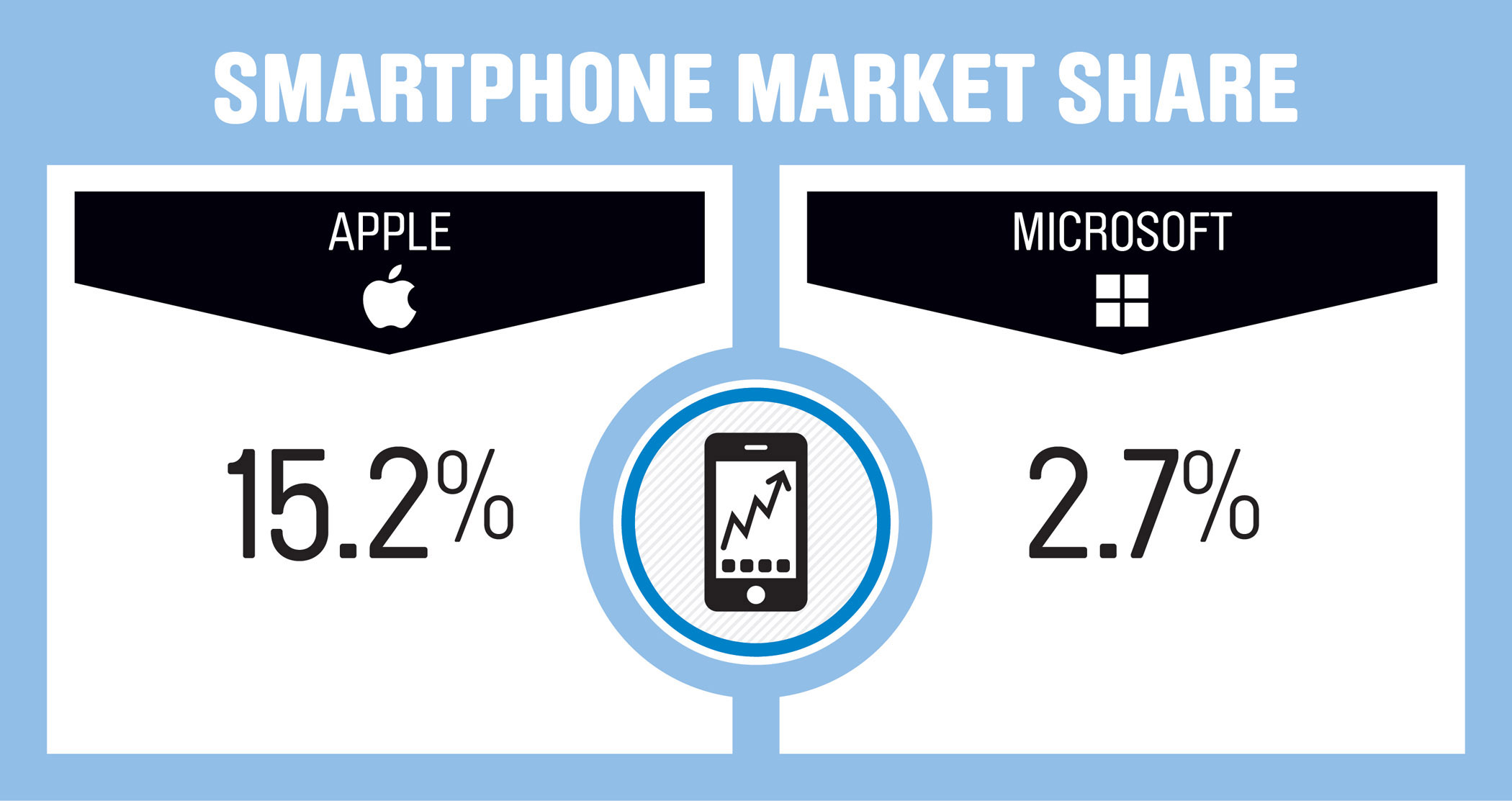

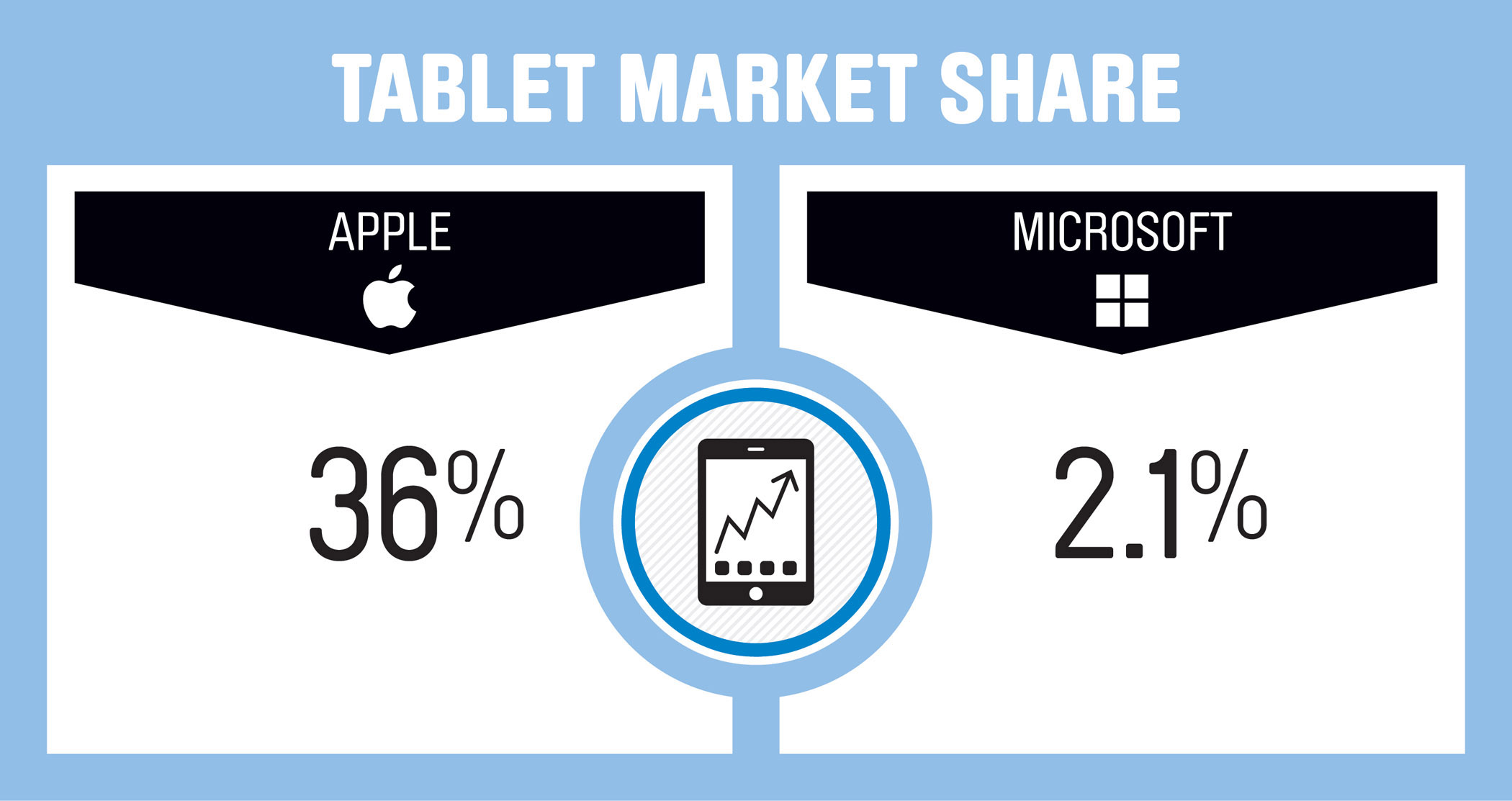



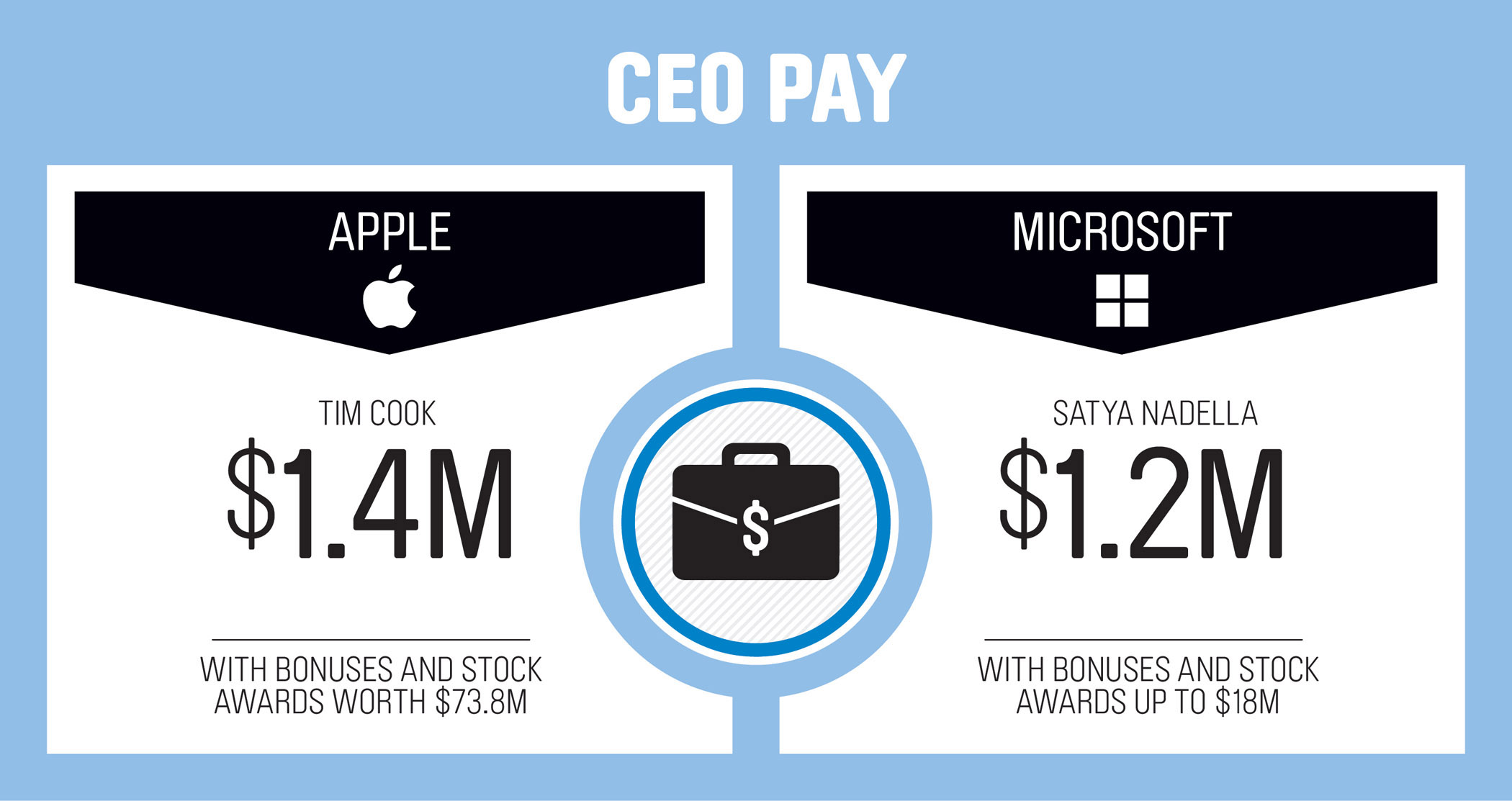
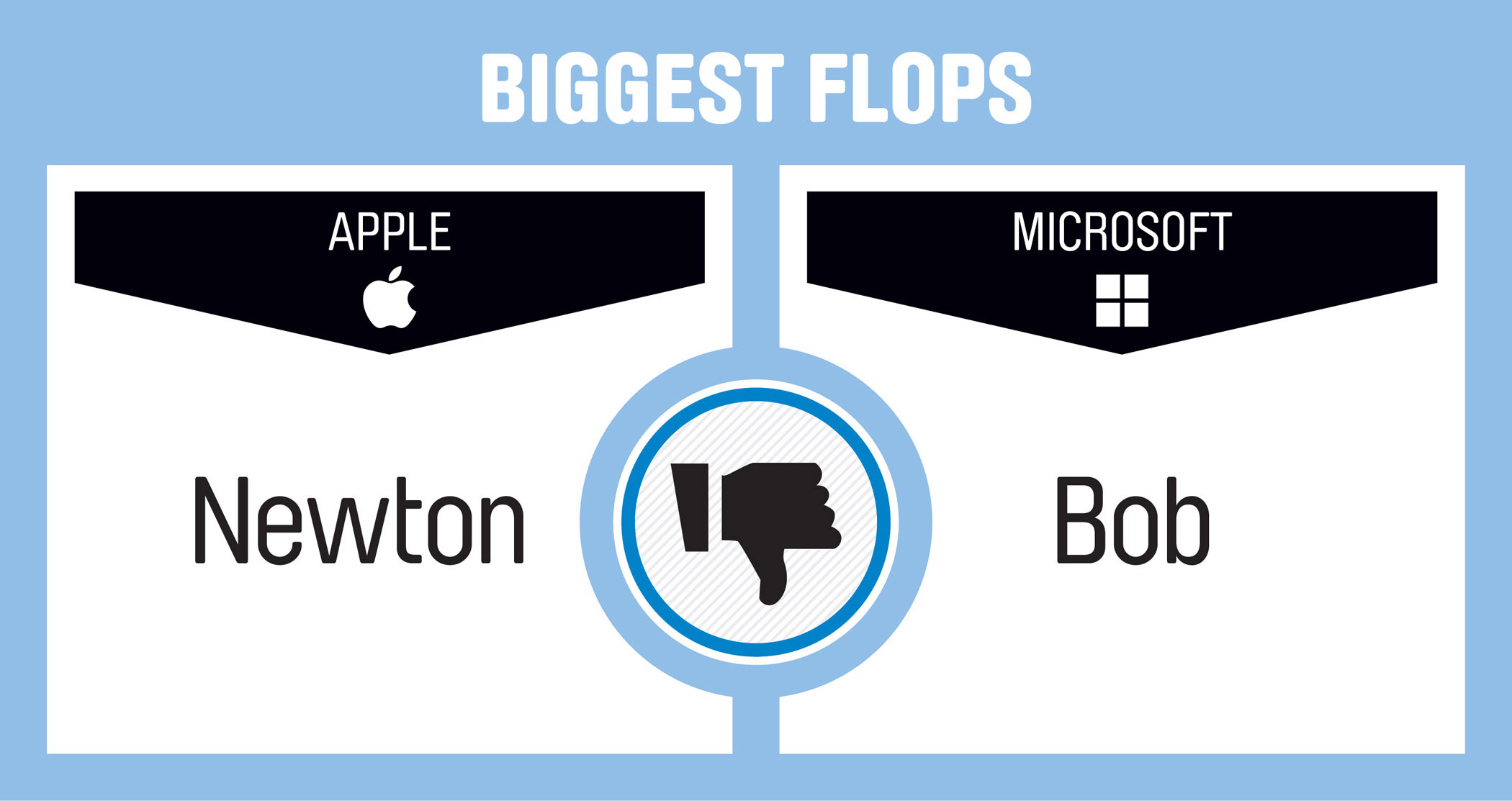

More Must-Reads from TIME
- Donald Trump Is TIME's 2024 Person of the Year
- Why We Chose Trump as Person of the Year
- Is Intermittent Fasting Good or Bad for You?
- The 100 Must-Read Books of 2024
- The 20 Best Christmas TV Episodes
- Column: If Optimism Feels Ridiculous Now, Try Hope
- The Future of Climate Action Is Trade Policy
- Merle Bombardieri Is Helping People Make the Baby Decision
Contact us at letters@time.com